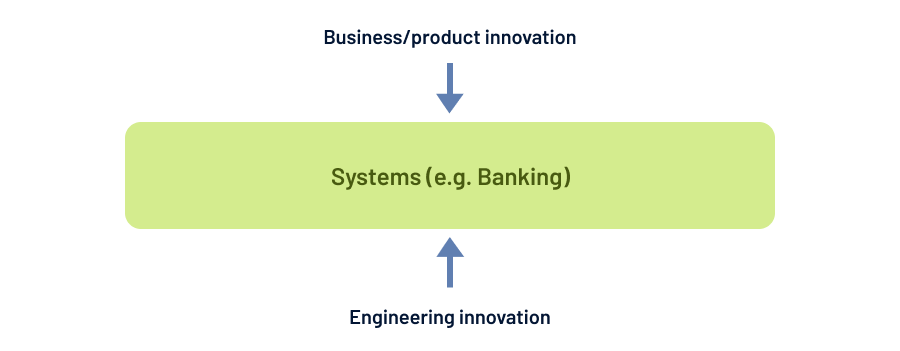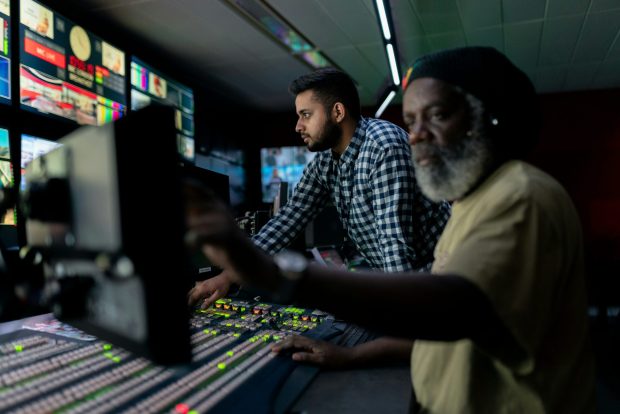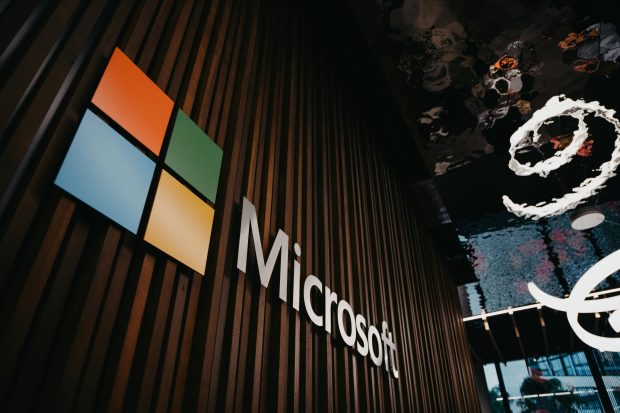One of the most important factors to boost innovation in a company is to allow space and time for professionals to exercise their creativity. To make this happen, leaders and managers need to consider what type of corporate culture for experimentation the teams should adopt, especially when there is no separate department dedicated exclusively to research. Can people test whatever they want?
The answer is no. Every organization has operating limits, whether due to business profile, government regulations, spending caps or regional vocation. Another concern is the stability of systems, including cybersecurity, performance, and availability. For example, before a new feature goes live in a company, the cybersecurity team needs to validate that there are no loopholes that would leave the company vulnerable.
A technology leader also must consider that, however small a change may be, it can lead to instability. To minimize this instability risk, safeguards need to be put in place. This technical validation structure can be either an automatic testing process or the approval of a specific team —or a combination of both. Larger organizations have site reliability engineers (SRE), a group of professionals dedicated to analyzing the operational impact of a change from the perspective of the stability of the systems without judging its business impact.
Engineers’ freedom to create depends on safety checks that can be supported by processes, technical tools, or both. The environment in a company should enable fearless execution on the part of the engineers, meaning that, if they do anything foolish, which is bound to happen at some point, there will be safeguards in place to protect the production systems.
Engineers’ freedom to create depends on safety checks that can be supported by processes, technical tools, or both.
On the other hand, even when there are regulatory restrictions or product restrictions (such as “every credit card now has to contain a chip”), it’s still possible to exercise creativity. The technology leader can always organize teams to allow innovation to flow and influence product definitions.
Some people may need help understanding what engineering creativity is, but it is expressed in:
- How a system is operated
- How it is deployed into production
- How the cost of running a system is calculated and balanced
Many engineering innovations are entirely independent of product innovations, and the ideal is when they come together to boost the quality of a service. Doing real-time fraud analysis, for example, is an engineering innovation that can enable product innovations, such as instant credit.


Marcus Fontoura
Marcus Fontoura is a technical fellow and CTO for Azure Core at Microsoft, and author of A Platform Mindset. He works on efforts related to large-scale distributed systems, data centers, and engineering productivity. Fontoura has had several roles as an architect and research scientist in big tech companies, such as Yahoo! and Google, and was most recently the CTO at Stone, a leading Brazilian fintech.






